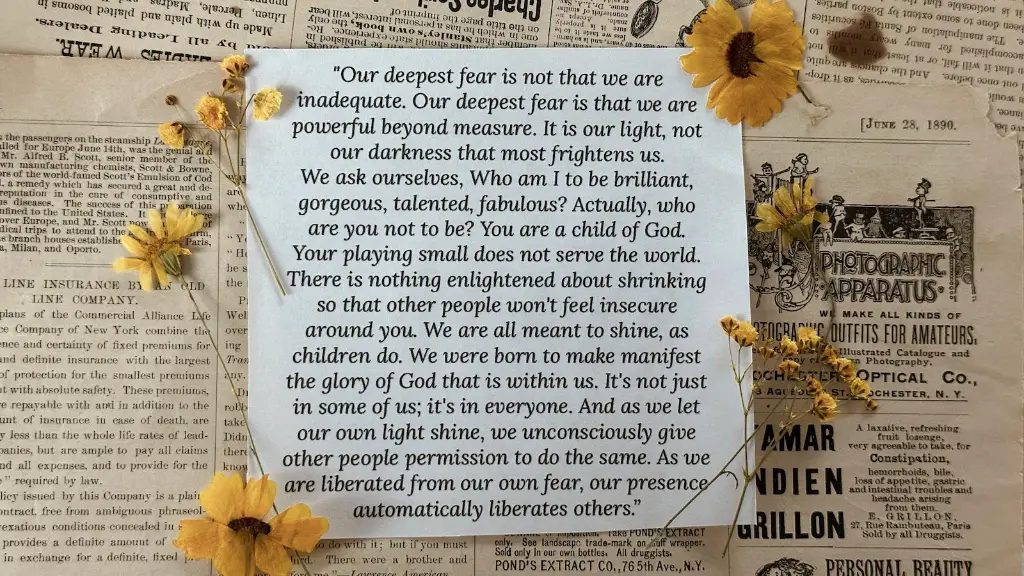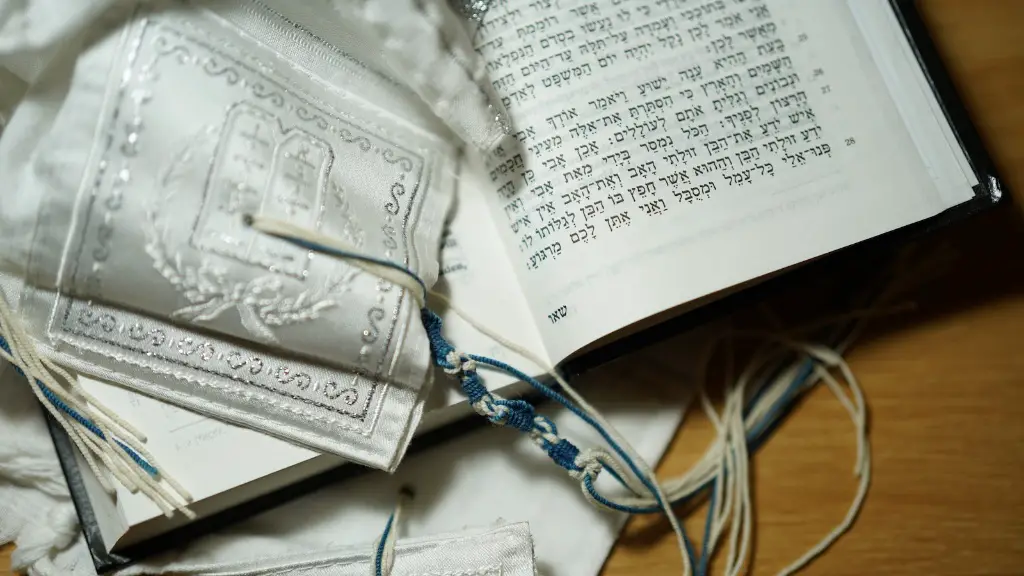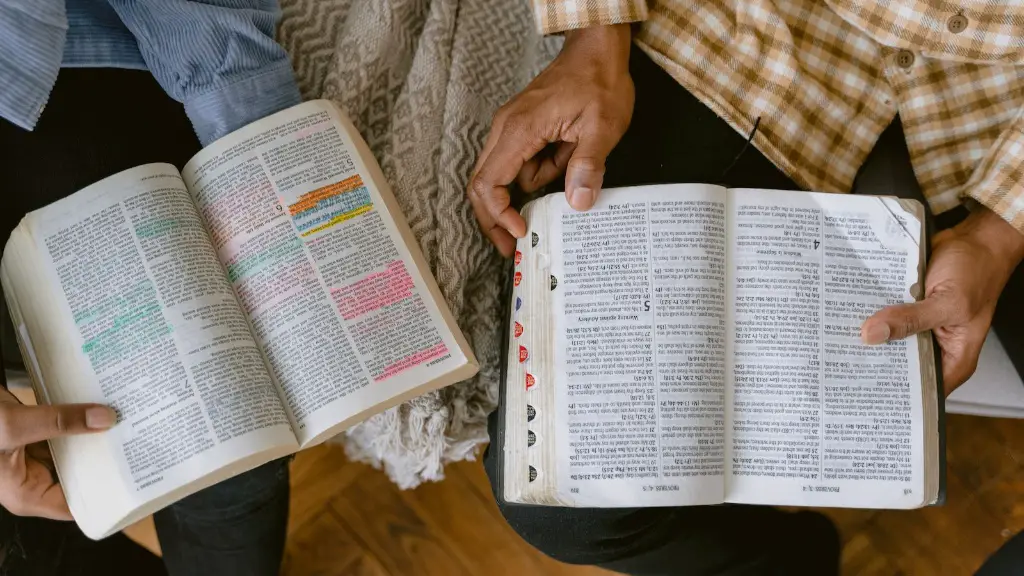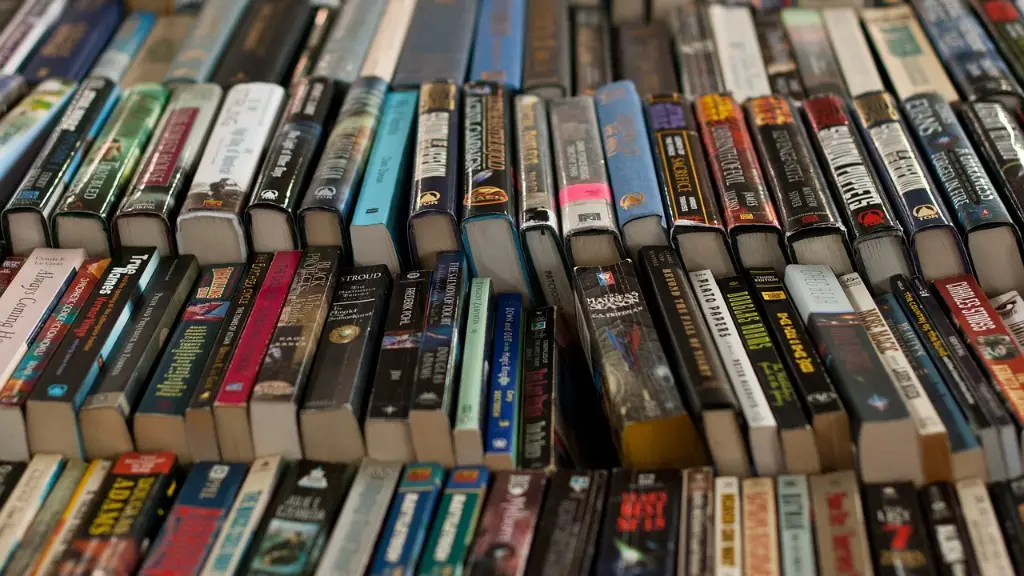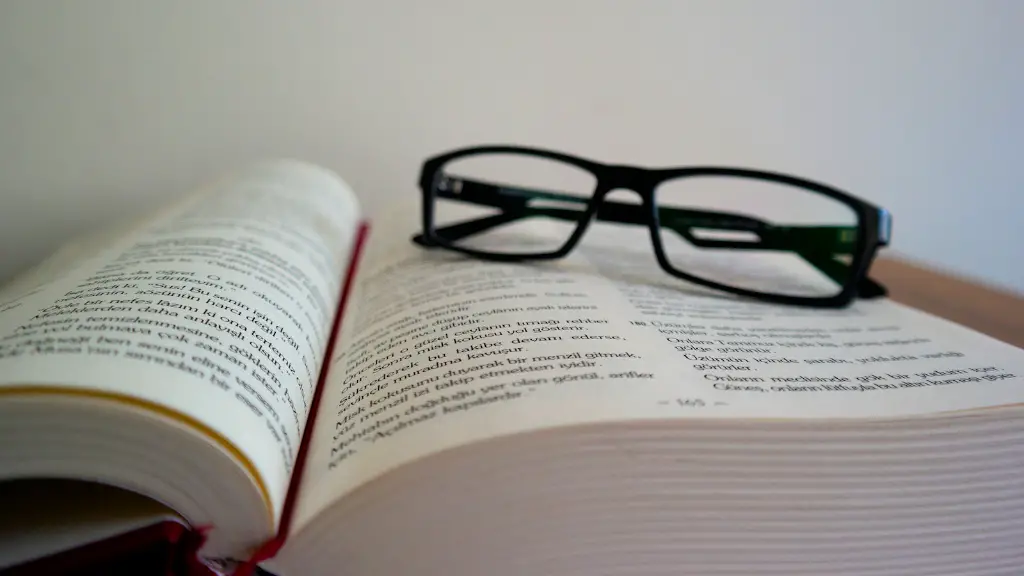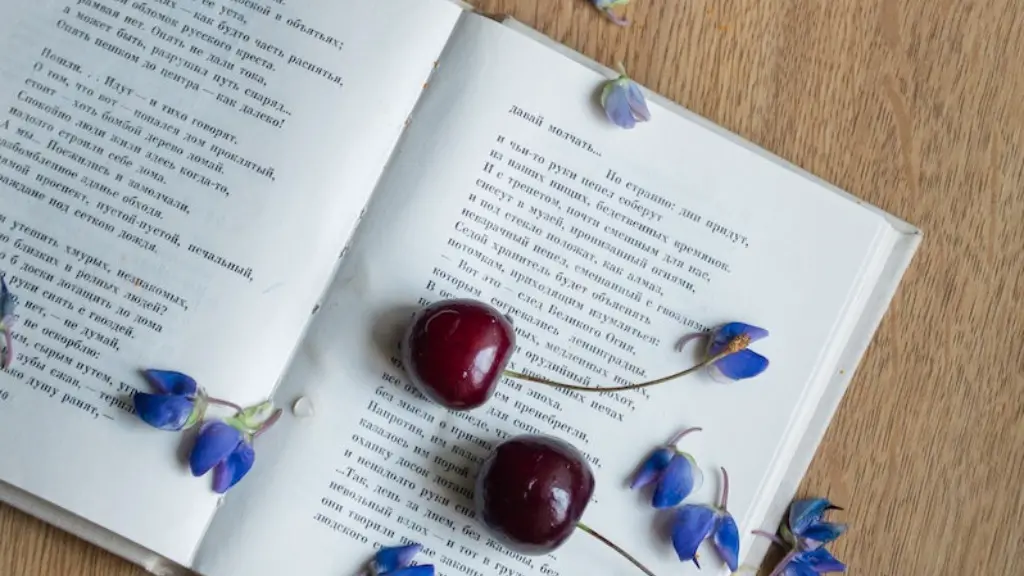Internal rhyme is a technique used by poets and songwriters to create rhythm and alliteration within their work. It is the repetition of words or phrases within the same line, or lines that are next to each other. This device can be difficult to master, as the words you use must not only sound pleasing together, but also convey meaning in a way that is poetic and effective. The primary purpose of internal rhyme is to evoke a sense of flow and to add depth to the message that is being communicated.
When used correctly, internal rhyme can be an effective tool for strengthening the ideas being expressed within a piece of literature. It can add an additional layer of meaning, and the repetition of words serves to heighten the impact of those ideas. By using internal rhyme, poets can emphasize certain themes within their poem, as well as create a structure that makes the poem memorable.
The most common use of internal rhyme is in the form of alliteration, which is the repetition of the same sound at the beginning of words. For example, “Peter Piper picked a peck of pickled peppers.” This type of internal rhyme can be used to create a sense of rhythm and continuity within a piece of writing. Additionally, alliteration can be used as a tool to draw attention to certain ideas, words, or objects.
Additionally, internal rhyme can be used in the form of assonance, which is the repetition of vowel sounds. This type of rhyme can be used to create a longer, more lyrical effect. For example, the line “The sea cries out against the rage of the storm” is a great example of assonance. While it still contains a sense of rhythm, it is much more subtle than alliteration.
Internal rhyme can also be used in conjunction with other poetic devices, such as imagery and metaphors. By combining these devices with internal rhyme, poets can create layers of meaning and depth within their writing, making it more powerful and meaningful.
Visual Representation
The use of visual elements such as rhyming schemes can help add clarity to a poem. Rhyming schemes are visual patterns of how the rhyme occurs within a poem, and they can help readers to easily identify the poem’s structure. Popular rhyming schemes include abab, abcb and abba, but there are many others that can be used to help readers visualize the pattern of the internal rhyme.
In addition to visualizing the rhyme, visual elements can be used to illustrate the meaning of the poem more clearly. For example, a poet might use imagery to demonstrate the connection between words in a stanza. These types of visual aids can be very effective in helping readers understand a poem, and they can also illustrate the overall message of the poem more effectively.
Finally, visual elements can be used to break up a long poem. Poems that are organized into distinct sections can be easier for readers to digest, as well as easier for poets to craft and edit. Visual elements can also be used to highlight certain ideas or words, making them stand out to the reader and emphasizing their importance within the poem.
Thematic Connection
Another important aspect of internal rhyme is its ability to connect words and ideas in a meaningful way. By repeating certain sounds in a poem, poets can create a sense of unity amongst the words in the poem, or link disparate ideas together. This creates a coherent structure to the poem that can be used to bring depth and meaning to the poem.
Additionally, internal rhyme can be used to draw attention to certain ideas or words. By repeating certain sounds over and over again, readers are more likely to remember those words and be drawn to them. This can be a powerful tool for poets who are trying to convey a message or idea in a unique and memorable way.
Finally, internal rhyme can be used as an inventive way to explore different themes. The repetition of certain words or phrases can draw the reader’s focus to those themes, allowing them to explore and analyze those ideas in more depth. By using internal rhyme, poets can lead their readers on an exploration of their subject matter in a poetic and elegant way.
Mastering Internal Rhyme
Although it can be difficult to master, internal rhyme is an incredibly rewarding tool for poets and songwriters, as it can elevate their writing and add an additional layer of depth and beauty. Furthermore, internal rhyme is an invaluable asset for poets who want to convey their message in an effective and creative way.
The key to mastering internal rhyme is to practice, practice, practice. Poets must experiment with different sounds, words and ideas and learn how to craft a cohesive and meaningful piece of writing. Additionally, poets should read other poets’ works to gain a better understanding of how internal rhyme is used, and to get some inspiration for their own writing.
When writing a poem with internal rhyme, poets should also consider the meter and rhythm of the poem. This often requires experimentation and practice, as well as an eye and ear for the subtle rhythms of language. By exploring different poetic techniques and rhythms, poets can create powerful and meaningful messages within their work.
Exploring Metaphors
Internal rhyme can also be used in conjunction with other devices, such as metaphors. By combining internal rhyme with metaphor, poets can evoke powerful experiences and emotions within a poem, as well as convey a message in a unique, creative way.
When crafting a metaphor, poets should consider both the meaning of the words being used, as well as the impact of their combination. Internal rhyme can help to intensify the impact of a metaphor by repeating the same sounds or words over again. This repetition can help to create a stronger connection between the two ideas, and can also emphasize certain ideas within the poem.
Additionally, poets can use internal rhyme to explore the various ways in which metaphors can be used. For example, poets can use internal rhyme to explore the different implications of a metaphorical concept, or to expand the idea by adding additional words to the metaphor. By combining internal rhyme with metaphor, poets can create a truly unique and powerful message.
Audience Engagement
Finally, poets can use internal rhyme to engage with their audience on a more personal level. By crafting a poem with complex internal rhyme, poets can create a larger opportunity to explore themes, metaphors and ideas in more depth. Additionally, by using intricate rhyme schemes, poets can create a type of puzzle for their audience, engaging them even further in their work.
Using internal rhyme to engage with an audience is an incredibly effective tool for poets. By creating complex rhymes, poets can lead their audience down an unexpected path of exploration and discovery. This can result in a deeper, more meaningful connection between the poet and their readers.
Finally, internal rhyme can also be used to emphasize certain ideas and emotions within a poem. By repeating certain sounds or words, poets can draw attention to specific concepts and make those ideas stand out to their readers. By using internal rhyme to draw attention to their message in this way, poets can create a powerful and memorable experience for their audience.
Conclusion
Internal rhyme can be a complex and difficult technique to master for poets and songwriters. However, when used correctly, it can be a powerful tool for creating a flow and depth within their writing. By experimenting with the various types of internal rhyme, such as alliteration, assonance and metaphors, poets can create unique and memorable works of literature. Additionally, using internal rhyme to create visual elements and engage with an audience can add an additional layer of impact to their work, making it even more powerful and meaningful.
